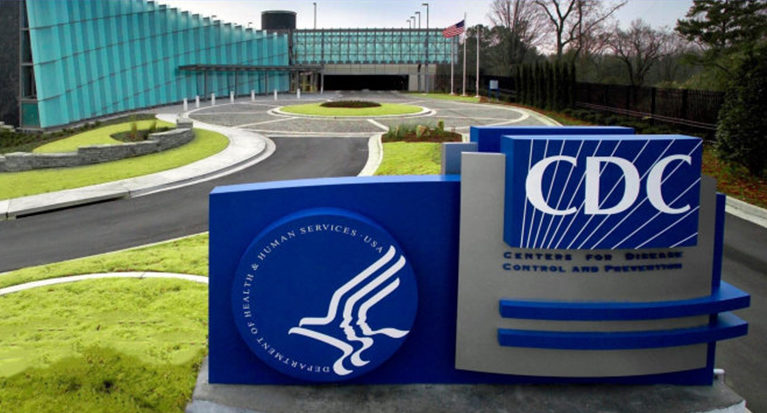The Centers for Disease Control released their latest report on abortion data, covering the year 2016. States are not required to report abortion data to the CDC, so abortion numbers for some states—including California—are not included in their report. However, with 48 consistent reporting areas, the CDC report is a good indicator of overall trends of abortion over the years.
The Good News
The overall number of abortions has been steadily declining since the 1980s. The CDC reported 623,471 induced abortions in 2016. This is a 2% decrease from the previous year’s total of 636,902 abortions. Abortions have decreased a total of 24% since 2007 according to the CDC numbers.
The abortion rate also decreased 2%, from 11.8 abortions per 1,000 women ages 15-44 to 11.6 abortions per 1,000 women. The rate has been decreasing in all age groups of women, most notably in teenage women. Women younger than 15 had an abortion rate of 0.4 in 2016, and women ages 15-19 had an abortion rate of 6.2 abortions per 1,000 women in that age group. The rate of abortions had by women ages 15-19 has decreased a total of 56% since 2007.
The Bad News
A single innocent human life taken is one too many; abortion was the second highest cause of death in the United States in 2016 according to the CDC numbers. When you add in the states that didn’t report like California, abortion remains the leading cause of death in America. A more accurate total number of abortions can be found through the Guttmacher institute. Their total was 862,320 abortions in 2017, far exceeding the next highest cause of death in 2017, which was heart disease at 647,457.
Other Notable Numbers
A large percentage of abortions were done in the very early weeks of pregnancy. 65.5% of abortions were performed at or before 8 weeks gestation. Abortions at or before 13 weeks accounted for 91% of all abortions. There were 7.7% performed between 14 and 20 weeks and 1.2% performed during or after 21 weeks. While these seem like low percentage points, it is still a much larger number of late term abortions than most people realize: 7.7% of 623,471 is roughly 48,000, and 1.1% of the total equals over 7,400.
31.3% of all abortions were performed through medical, nonsurgical abortions (the abortion pill). Most of these were performed before 8 weeks of pregnancy. The abortion pill is increasingly being prescribed through webcams, meaning the woman is never personally examined by a doctor.
Many people are unaware that a majority of abortions were had by women who already had one or more previous live births. In 2016, the CDC report showed 59% of abortions were had by women who already had a previous live birth. Many abortions were also had by women who had previously had abortions: 43.1% were had by women who had had one or more abortions in their past.
Conclusion
The trends apparent in the CDC report help us to understand what categories of women are having the most frequent abortions, and where our efforts to decrease abortion are succeeding the most. Abortion is trending older as young women have fewer abortions. The abortion industry continues working to make abortions as easy as possible to retain their declining “customer” base, and a certain segment of women are trapped in a cycle of multiple abortions.
The prolife movement has come a long way in shifting the popularity of abortion since the 1980s and within more recent years. There is still much work to be done in creating a culture where unborn children are protected in law and abortion is unthinkable.
